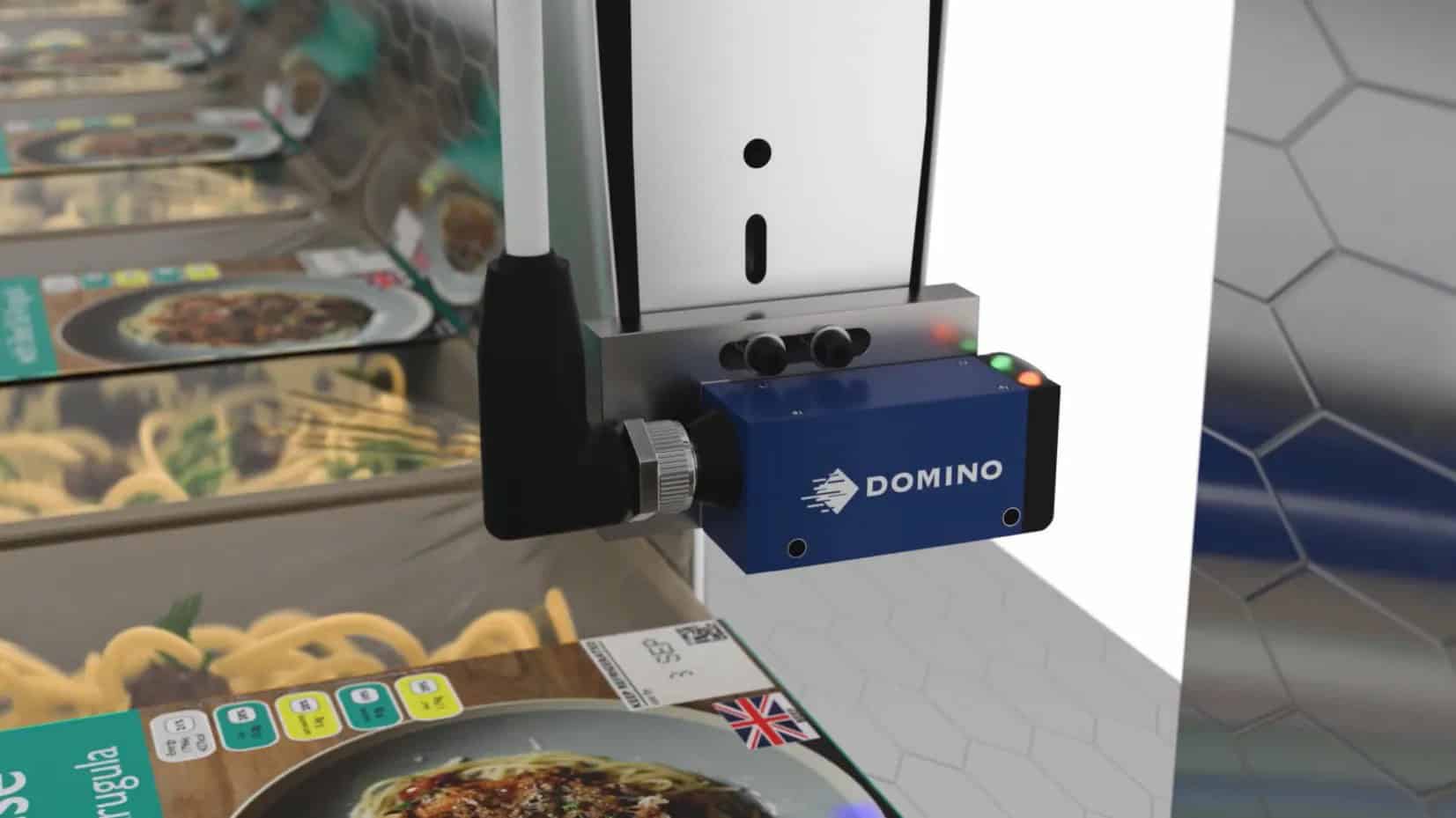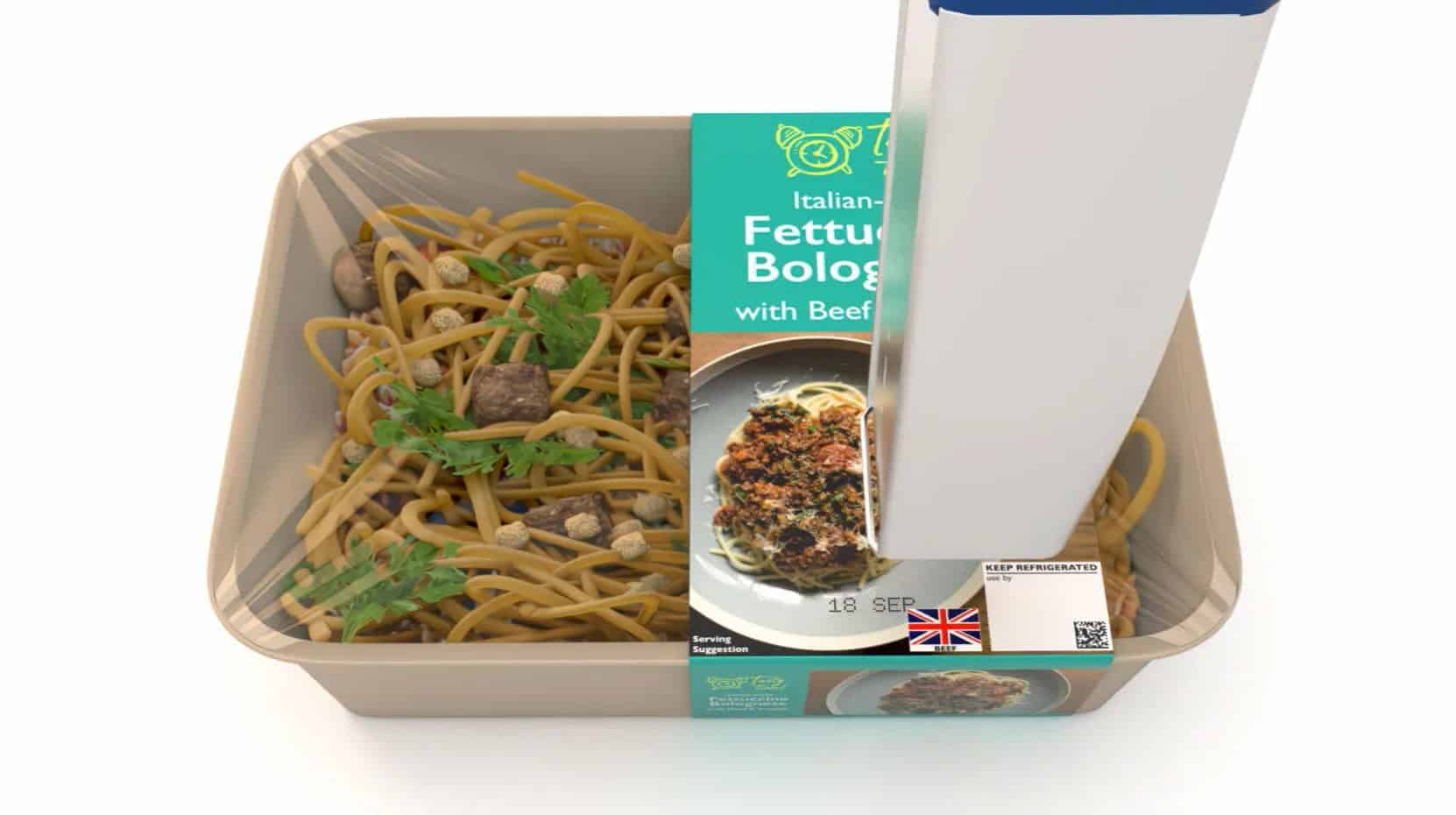Food production has significantly progressed from its unregulated beginnings, driven by the increasing need to ensure consumer safety. Regulations continually evolve, with new ones emerging that must be adhered to, guaranteeing food is safe for consumption, essential information is clearly communicated, and food manufacturers meet the necessary statutory and regulatory requirements.
In addition to these safety and compliance demands, market conditions require an ever-greater emphasis on productivity and efficiency, as well as sustainability within food manufacturing and packaging. This means a heightened focus on waste reduction throughout the entire supply chain lifecycle, and sustainability also affects the materials used by food manufacturers in their packaging processes.
In this blog, Domino outlines how these challenges are impacting coding and marking within the specific application of sleeved food products – and explains how Domino’s latest Sleeve Detection Coding Solution can help address them.
Coding for Food Production

Coding and marking play a crucial role in food packaging, encompassing vital details such as expiration dates and traceability information. However, errors in coding can have significant consequences, impacting consumer safety, regulatory compliance, and brand reputation. Achieving accurate coding on various packaging materials and shapes within food production lines remains a challenge.
Handling Products and Managing “Print Drift”
As previously discussed, product and packaging handling significantly influence print accuracy. Effective product handling, or presenting the product to the coding device, is crucial for achieving high-quality codes. Manufacturers opting for in-line coding without proper product handling may encounter production line variations affecting final code quality. These variations include:
- Product position: Small deviations in product placement may lead to misplaced or incomplete codes.
- Product angle: Even slight rotations can result in distorted codes.
- Challenging product geometry: Some packaging types pose challenges for standard coding setups.
In food manufacturing, these variations are particularly pertinent when coding sleeve packaging due to “print drift”. Drift refers to the difference between the intended and actual print location as packaging moves along the production line. This can cause issues with print position, especially when coding sleeve products where positioning isn’t consistently accurate. Even minor variations can lead to coding errors, potentially resulting in scrapped products, particularly concerning short-shelf-life items with time-sensitive delivery.
In the past, managing print drift on sleeve coding involved using UV sensors to establish a consistent reference point or distinctive mark on the product for printing activation. However, with the decreasing use of UV cured inks in sustainable packaging, this method has become less reliable. As a result, line operators must manually verify each product to ensure correct code placement, introducing potential for human error and requiring significant investment of time and resources. This contradicts manufacturers’ goals of enhancing productivity and efficiency.

Sleeve Coding Detection
Domino’s Sleeve Detection Coding Solution is tailored for customers utilising thermal Inkjet (TIJ) and continuous inkjet (CIJ) printers to mark codes on any watch strap or sleeved packaged products.
The solution incorporates a sensor that identifies a distinct part of the packaging or sleeve where printing is required, eliminating the need to rely on product triggers and instead utilising the variable sleeve location.
This enhanced automation negates the necessity for manufacturers to assign personnel to verify code placement, addressing cost and accuracy concerns. It also eliminates the need for rework as codes are printed accurately, and mitigates challenges arising from variations in sleeve positioning on products. Consequently, the solution enhances Overall Equipment Effectiveness (OEE) and reduces operational expenses by minimising misprints and operator interventions.
In addition to the Sleeve Detection Coding Solution, Domino offers the R-Series vision code inspection system, facilitating:
- Ensuring the legibility of every code
- Avoiding penalties from regulators or retailers
- Preventing potential expenses linked to scrap and recalls
- Eliminating the need for costly manual inspections
In conclusion, food manufacturers confront a myriad of challenges, encompassing supply chain disruptions, labour shortages, consumer safety concerns, regulatory obligations, and the imperative to embrace sustainability. Amidst these challenges, the quality of coding assumes heightened significance.
Codico offers solutions designed to help manufacturers minimise waste, expenditure, and labour. This latest innovation empowers them to achieve more precise printing and overcome potential packaging movement or drift.


